A photographer documents the rapidly-changing region to pull it away from its status as a victim of Saddam and into today’s reality.
Talk to Sebastian Meyer long enough, and you’ll learn these things about Iraqi Kurdistan: It’s a semi-autonomous region full of competing religions, immigrants, and oil interests. Its people are insanely hospitable and it might very well be the richest archeological area in Mesopotamia. It also has charted a very different course from the collapsing rest of Iraq. Or it is trying to, at least: the day after he told me all this, insurgents took control of the northern Iraqi city of Mosul 56 miles from the Kurdish border and chased the national army out of Kirkuk. As Kurdish forces mobilized, power between Erbil and Baghdad started to shift once again. And while the country descended into chaos, Meyer’ ongoing personal quest to redefine Iraqi Kurdistan away from its status as a victim of Saddam and into today’s reality seems more important than ever. Through themes like religion, war, the environment and modernization, he is documenting the rapidly-changing region that he has called home on-and-off since 2009. He spoke to R&K from Erbil.
Roads & Kingdoms: Why did you move to Iraqi Kurdistan?
Sebastian Meyer: In 2006, I was freelancing for national newspapers in London. I got an assignment through the father of a friend of mine who’s a documentary filmmaker. He was working on a long-term project about Kurdistan and wanted me to do the photographs. So in 2008, I came out for six weeks and it was everything I wanted my life as a photojournalist to be: working on a project in a foreign country, getting paid, traveling, all this stuff that I had wanted to do. That year was when the financial crisis came into effect, and when I went back to the UK, I thought: I’m screwed. Soon after, I was asked to go back for another six weeks and thought, you know what? It makes no sense for me to be anywhere but here. The economy is growing, the people are incredibly warm and friendly, the region is absolutely fascinating, and, on a completely business side of it, there’s no competition, no other Western freelance photographer here. So I decided at that point that I would move.
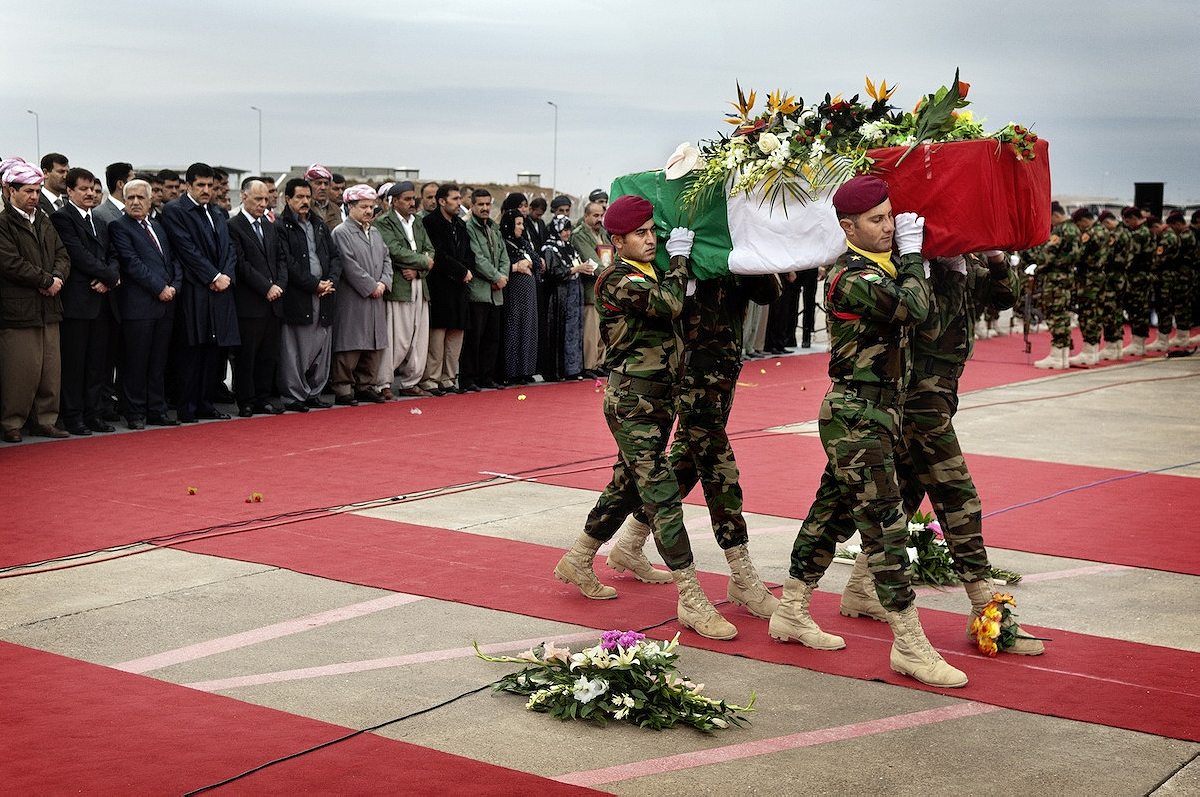
R&K: How has the region changed since that initial trip?
Meyer: To be honest, Iraqi Kurdistan is famously changing very rapidly, but it has more to do with the infrastructure, the electricity, the buildings … The general attitude for the most part is the same. Erbil has grown in a Dubai-like fashion. There are a lot of comparisons between the two which are quite two-dimensional, so I edge away from that, but the growth of Erbil is extremely fast. In 2008, you’d get maybe eight hours of government electricity a day and then you’d have to use a generator on top of that. The roads were all broken. It was developing but it didn’t show a lot of signs of it. Personally, what really has changed over the past six years is me and my perception of the place. Really obvious things, like the fact that I speak better Kurdish now, help me get a much more sophisticated and complex understanding of the society and the politics. When I came in 2008, it was my first trip to Iraq. I hadn’t covered anything in the Middle East, so I was all jacked up to be a war photographer. Journalistically, I kept trying to crowbar Kurdistan into the rest of Iraq. What’s really changed over the last couple of years is my confidence in myself as a journalist just to let Kurdistan be itself.
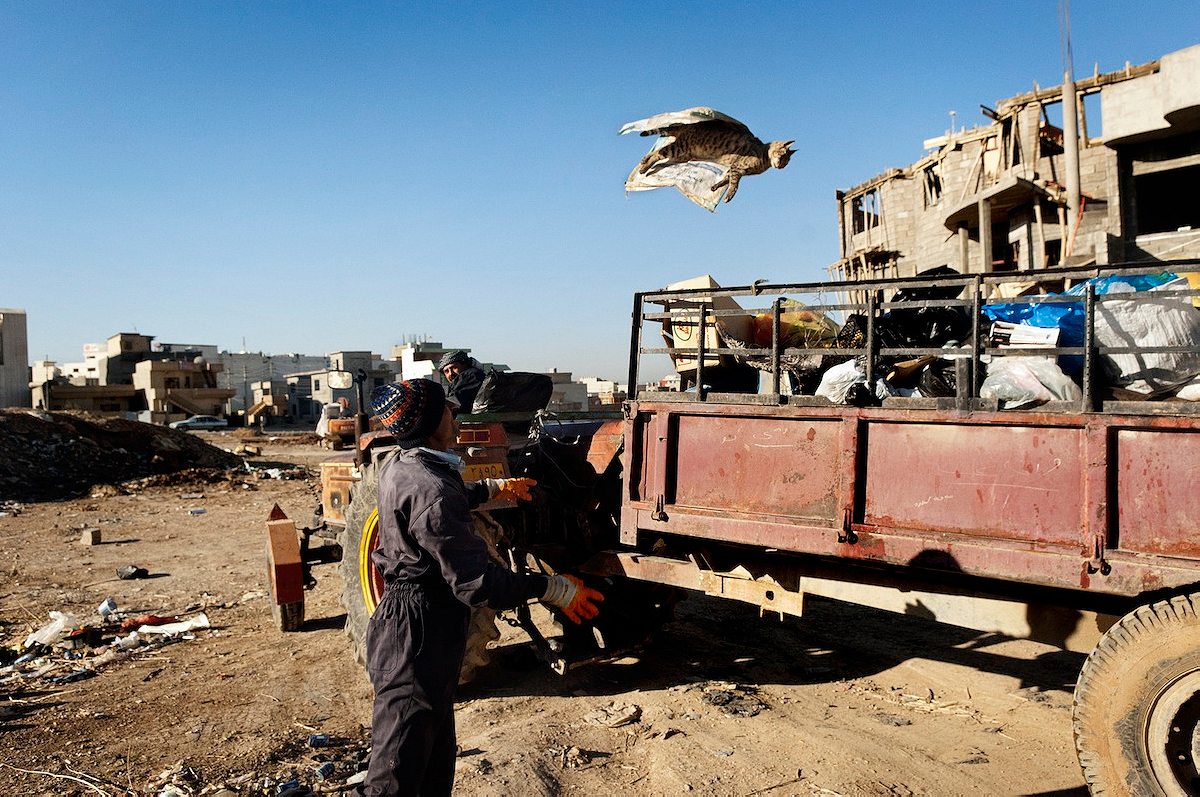
R&K: What is it like to work as a photographer there?
Meyer: It’s amazing. People are very easy: they’re very comfortable with being photographed, they’re not particularly camera shy, and they’re very open to Western journalists. This is speculation, but I think Kurdish people respect the risk that Western journalists took to come here under Saddam and tell their story.
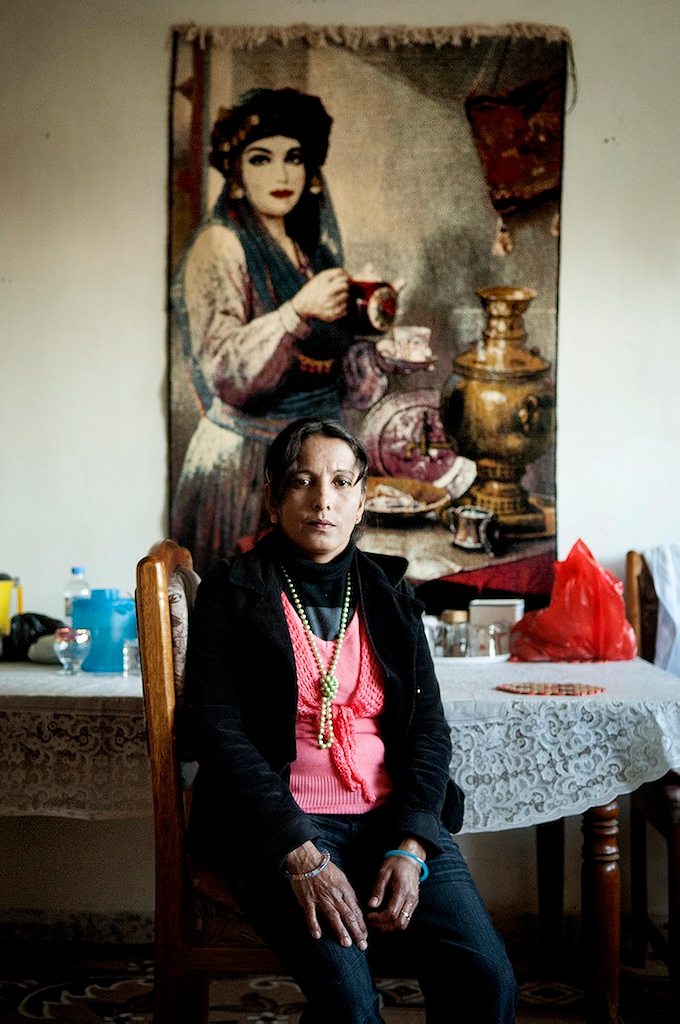
R&K: Would you say this is a feeling they have towards Westerners in general?
Meyer: Absolutely. They’re more open to Westerners than they are to other Kurds. Kurdistan, like every other place on earth, is caught up in the minutia of political and neighborly fighting. There’s a lot of prejudice that comes out very quickly, but when you’re a Westerner here, that doesn’t happen. You’re very much a blank slate. On top of that, Kurdish levels of hospitality border on the extreme. If I take a cab in Sulaymaniyah, I have to argue with the taxi driver to pay him because he’ll always offer it for free. It’s a gesture most of the time, but they put up a very good fight. I’ve had drivers invite me to their house for lunch, I’ve had random people force me to sit and have tea, all this kind of stuff. It’s an essential part of Kurdish culture that is very, very seductive.

IT’S QUITE STRIKING TO THINK THAT THIS PLACE IS NOW AN IMPORTER OF LABOR
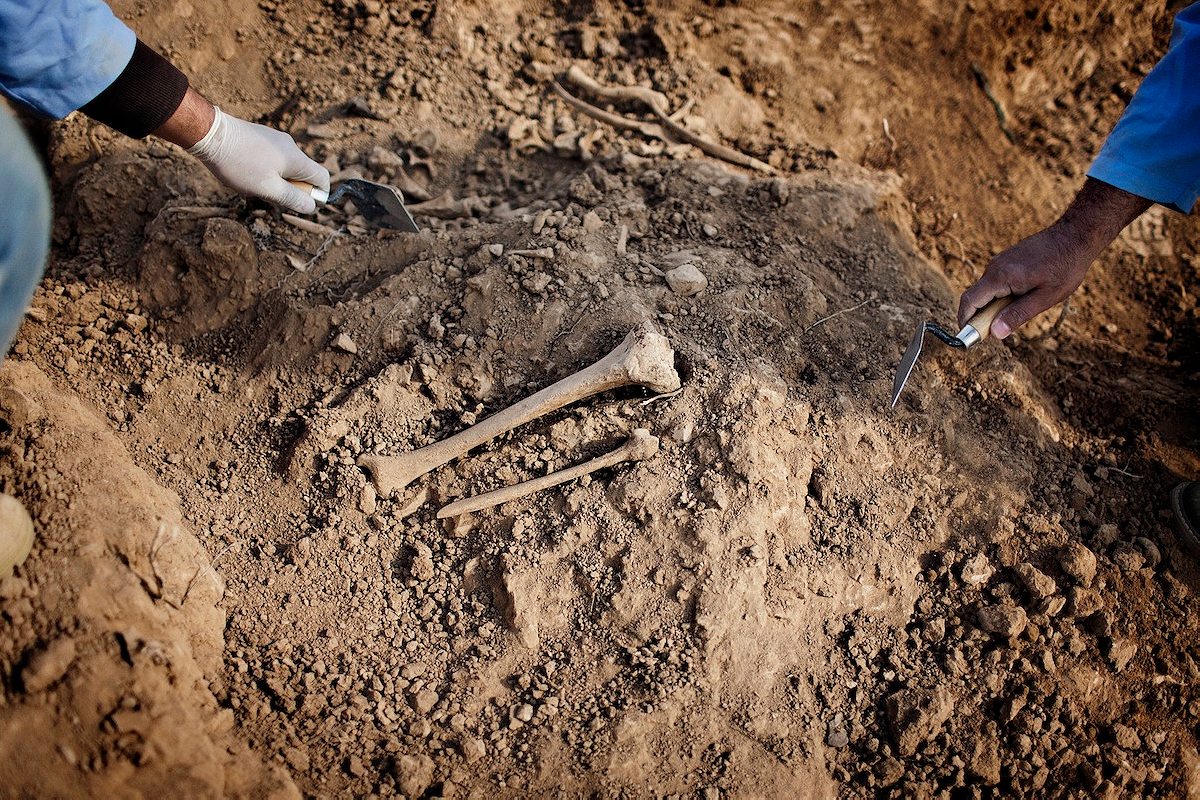
R&K: Iraqi Kurdistan is also a haven to people fleeing violence in the surrounding countries…
Meyer: Yes, there’s been a recent wave of refugees from Anbar because of the fighting there [since our discussion, an estimated 500,000 people have fled their homes after the Iraqi army fled the northern city of Mosul]. There is also an increasing number of people from Baghdad. Certainly Christians from Mosul and Baghdad have moved up here. But from what I can gather—and again, I’m not Kurdish, so I’m missing a huge amount of subtleties of what’s going on—the wave of displaced people hasn’t really changed the face of Kurdistan significantly. That being said, what I’m working on right now are the ethnical changes in Kurdistan. You have a huge number of Arab workers here now, but you also have Ethiopians, Bengladeshis, Indians, and Nepalis who come over as well. It’s quite striking to think that this place is now an importer of labor.
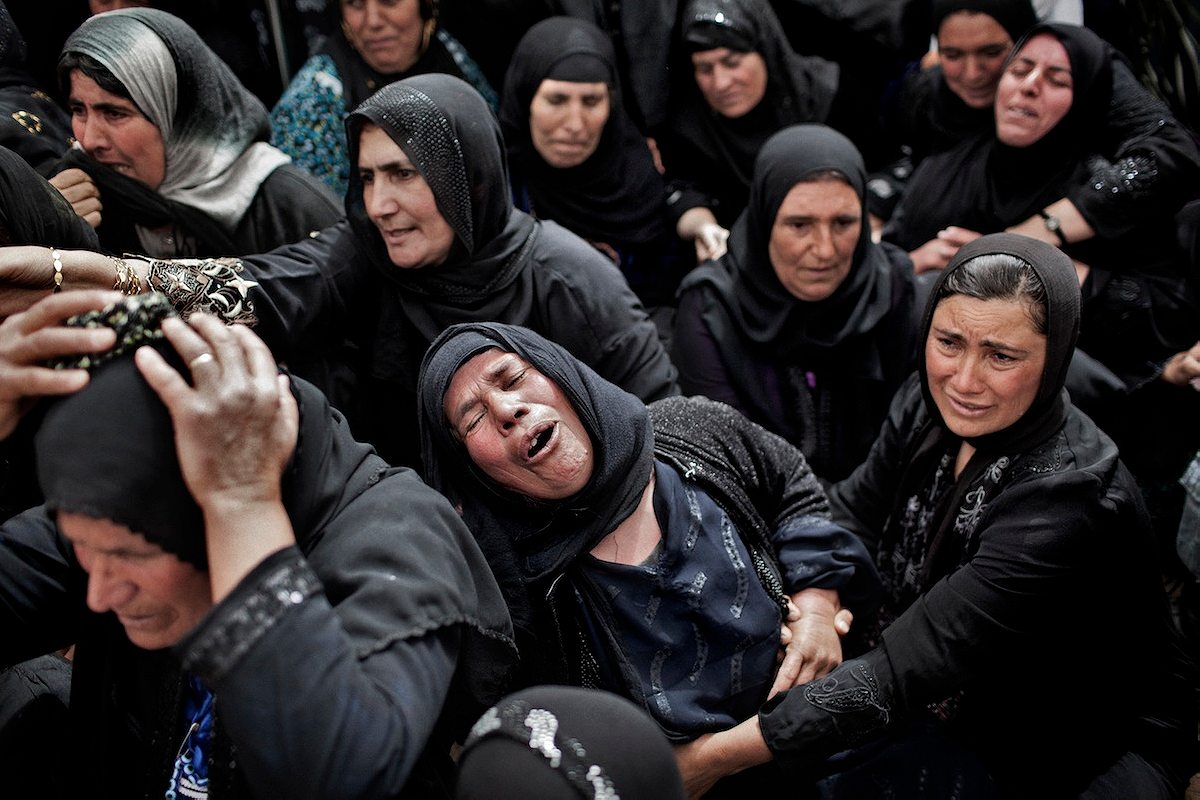
R&K: How has the war in Syria affected the region?
Meyer: Hugely. There are over 200,000 Syrians who are war refugees in Kurdistan. It’s about 85% of the refugees in Iraq. Part of the reason is that the vast majority of them are Kurdish Syrians, so there’s an ethnic tie that the Iraqi Kurdish government feels comfortable with. A lot of them live in camps, a lot of them work and are integrated in society. There’s a car rental place owned by Syrians, there are Syrian restaurants with Syrian waiters and chefs. Kurdistan is in a very interesting place right now because what you have is Syrian refugees from the west, then Arabs coming from the south either displaced or just looking for work. Also, a lot of Turkish companies are doing construction, and they bring their own labor over. And then from the east, because of the economic problems in Iran, you have Iranian Kurds coming in. I think it’s absolutely fascinating on so many different levels. A place that so identified with tribes and political parties and a place that people left because it was so dangerous, is now a place that everyone is coming to. And I haven’t even talked yet about people like me. I’m a migrant worker. I came to Kurdistan to ply my trade as a journalist. There are oilmen who’ve come here, there are all sorts of different European, Australian, American businessmen coming here to try to make a buck.
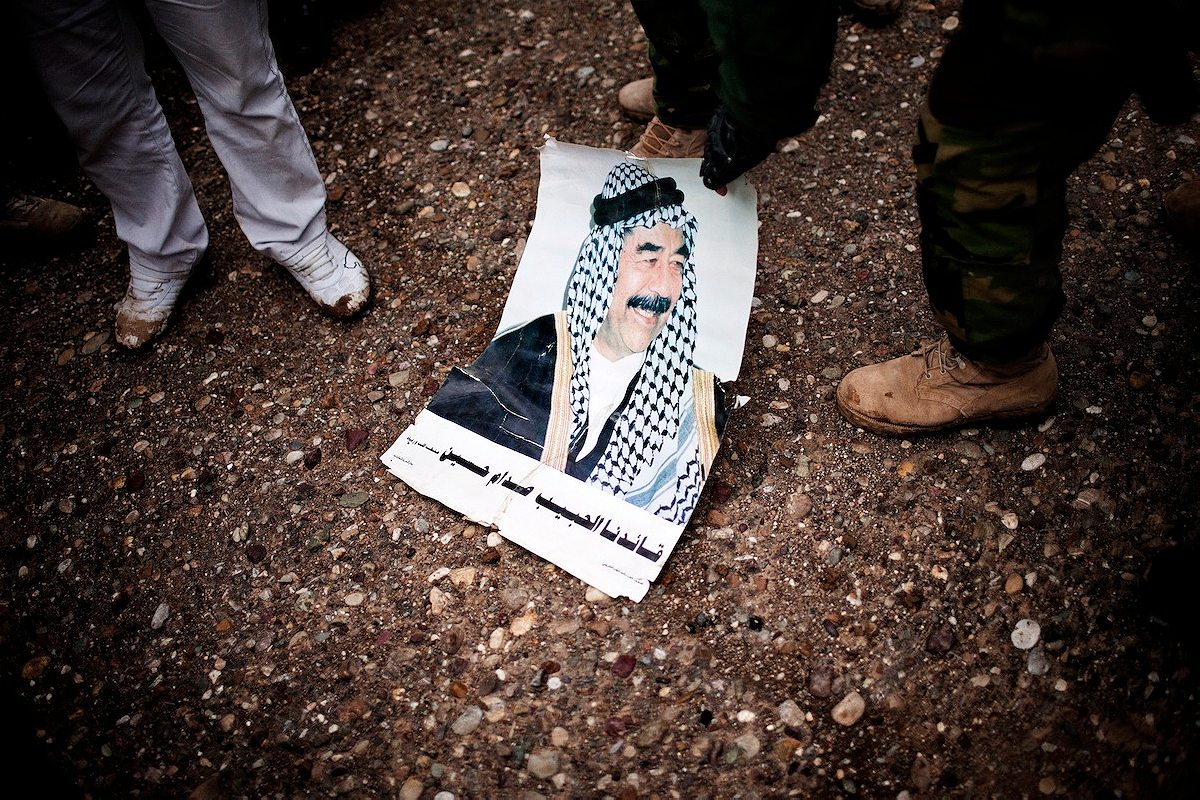
R&K: Do all these people get along?
Meyer: I don’t want to be the PR spokesperson for Kurdistan—it has its problems. But there is something quite remarkable about the Kurds in Iraq. They are, and have been for the recent history, extraordinarily tolerant. You have Yazidis, you have Muslims, Shia and Sunni, two different types of Christians—the Assyrians and the Chaldeans—the Sabean Mandeans who are kind of Christian, they follow John the Baptist. You have the Kaka’i, which is yet another native religion. And atheists. If you wanted to say that you didn’t believe in God, it wouldn’t be a crime, you wouldn’t get in any trouble. You do have an area of quite extreme Islam, but it’s tiny and the Kurdish government has a very strong control over it now. Religious tolerance is a big deal.
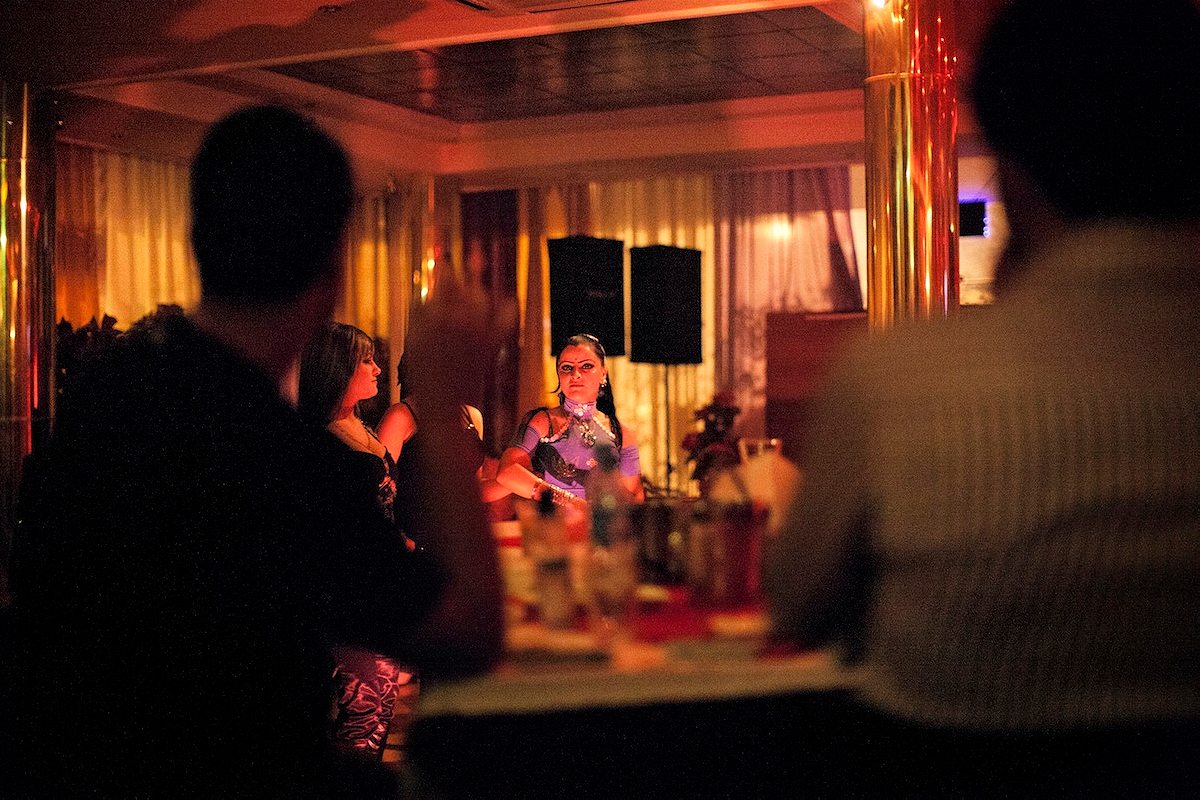
IRAQI KURDISTAN IS DECIDING WHAT KIND OF NATION IT’S GOING TO BE
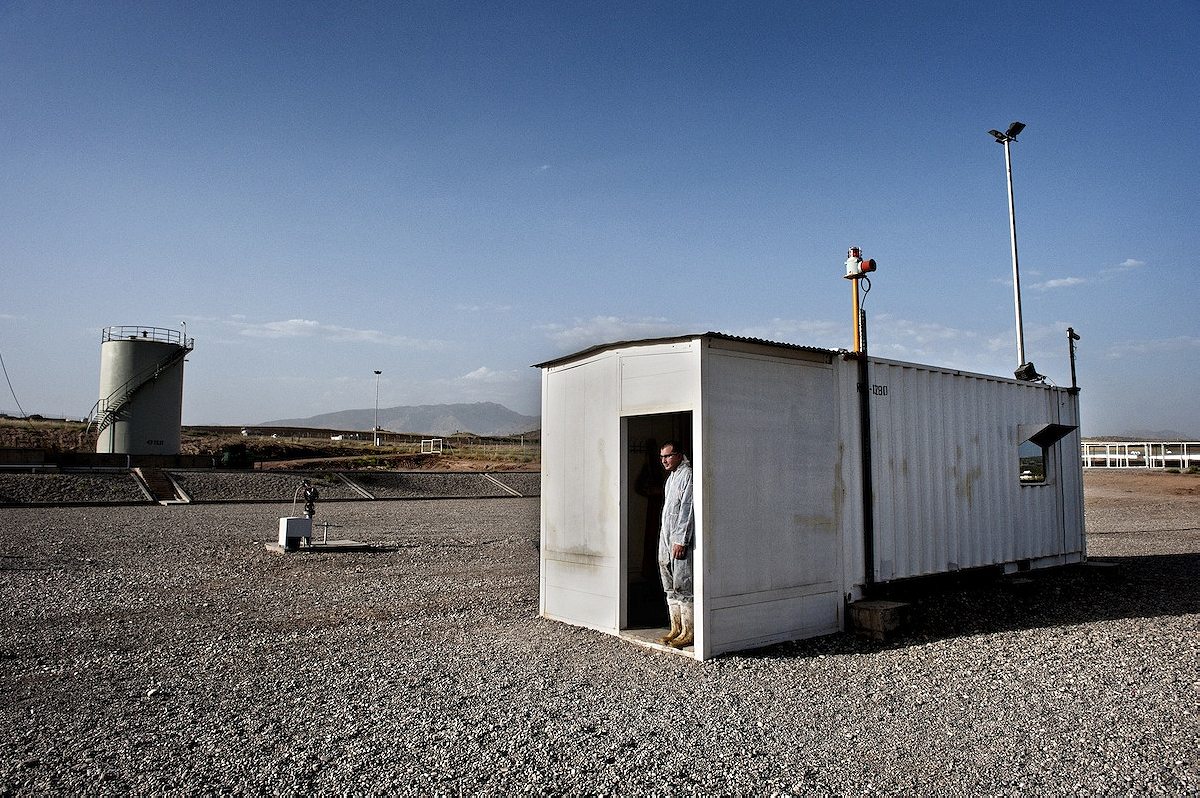
R&K: What are you hoping to do with the material you are getting together?
Meyer: I think I want to make a book out of it. For me, there has been some very good book-length journalism done about Kurdistan. Quil Lawrence really captured Kurdistan through 2008 with “Invisible Nation.” But photographically, Kurdistan and the Kurds, especially in Iraq, are only represented as victims. It is a very important and horrible past that they’ve had—I would never deny it or say anything to the contrary—but that’s not the only thing that’s going on here. The Kurdish identity—and I’m arrogant enough to think that I can talk about this as an outsider—is incredibly complex. There is a huge flux of identity. You have young people whose parents or their older brothers were these peshmerga that fought Saddam but now they can afford the nicest, newest BMWs. You’ve got a wealth gap. There are people who have grown up in the West who’ve come back with ideals about what they want Kurdistan to look like and they come up against some more tribal mentality. It’s a very, very interesting moment in this nation’s history because I think it will become a nation soon and it’s deciding what kind of nation it’s going to be. They can’t base their entire self on victimhood—that’s not healthy and they don’t want to—and there’s no photographic record about anything but that. So in some ways, I’m making my very small attempt at correcting the record a little bit. And I should add—with a sense of humor, because that’s such an important part of Kurdish culture. Even before I could speak a word of Kurdish, I could sit around with people and laugh my ass off.
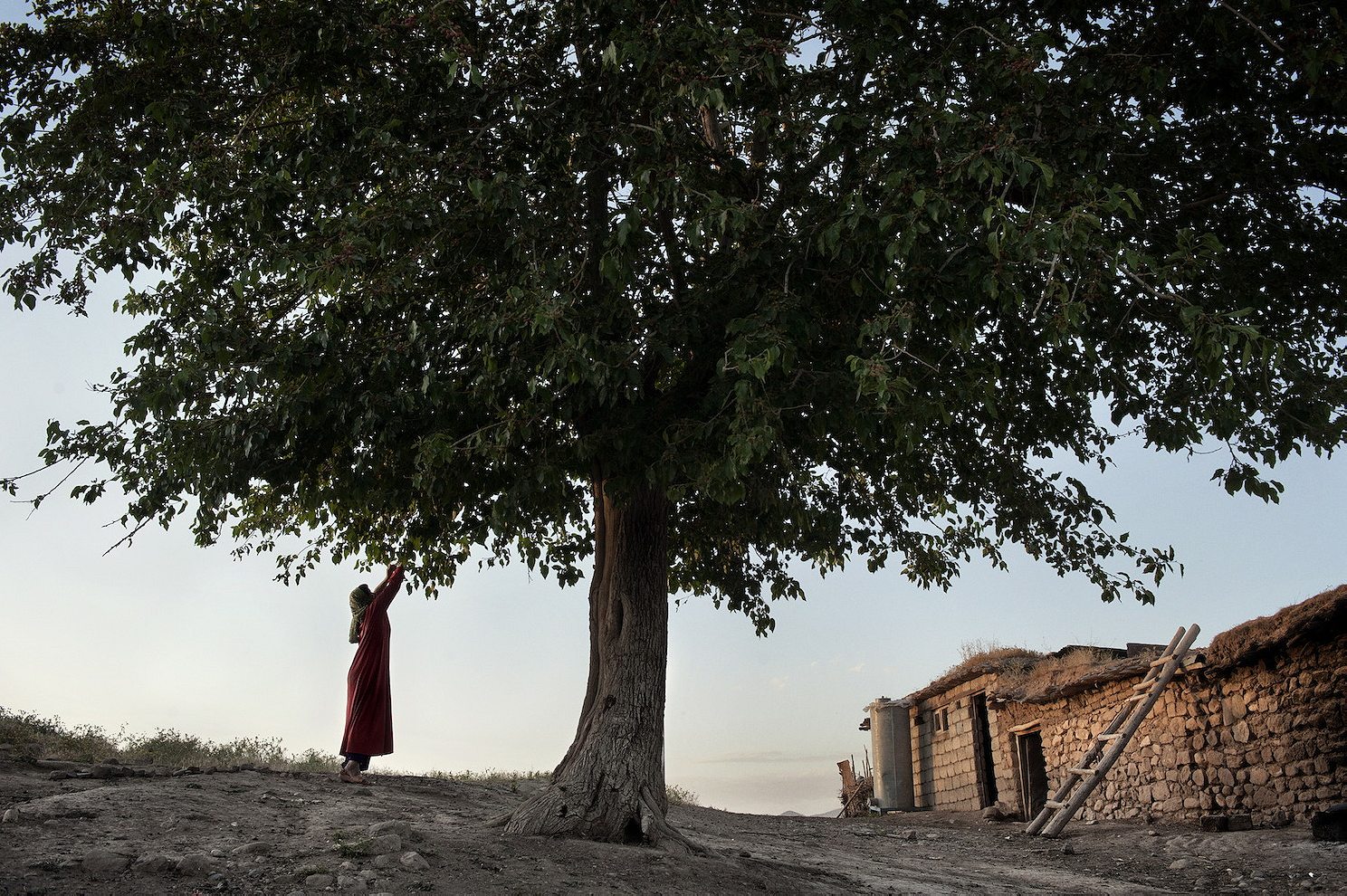
R&K: Have you worked in the other Kurdish areas?
Meyer: I have very specifically focused on this Iraqi Kurdistan area because it is an actual area. The borders, especially with the rest of Iraq, are fluid, but it is a self-contained, governed area and the idea of a greater Kurdistan, although it exists and most, if not all, of the Kurds I’ve ever met in my life dream that it will exist one day, that isn’t happening. That greater Kurdistan isn’t actually taking place. What’s actually taking place is Iraqi Kurdistan becoming more and more independent, increasingly being able to stand on its own two feet.

R&K: What keeps it from becoming its own country?
Meyer: Money. Money. They receive 95% of their budget from Baghdad, so they can’t separate from Iraq until they make their own money. They have a huge amount of oil and they’ve built, against all of Baghdad’s protestations, a pipeline to Turkey that bypasses the national Iraqi pipeline. What is interesting is that Turkey, who’s had a huge problem with Kurds in the past, has realized that they make about $12 billion a year off of trade with Iraqi Kurdistan, so they’re a great business partner. If the Kurds can buddy up with the Turks and become independently wealthy, I think that we’ll see independence. There’s nothing that holds them to Baghdad except for money. That’s it. Baghdad gets nothing from them except for a place to send their refugees. I think it’ll happen in our lifetime, but unfortunately, if you look at every single example of an autonomous region gaining its legal national independence, usually disasters follow. Yugoslavia, the Soviet Union, South Sudan … My fear is that when it does happen, something very ugly is going to happen alongside. But I’ll be there to cover it.
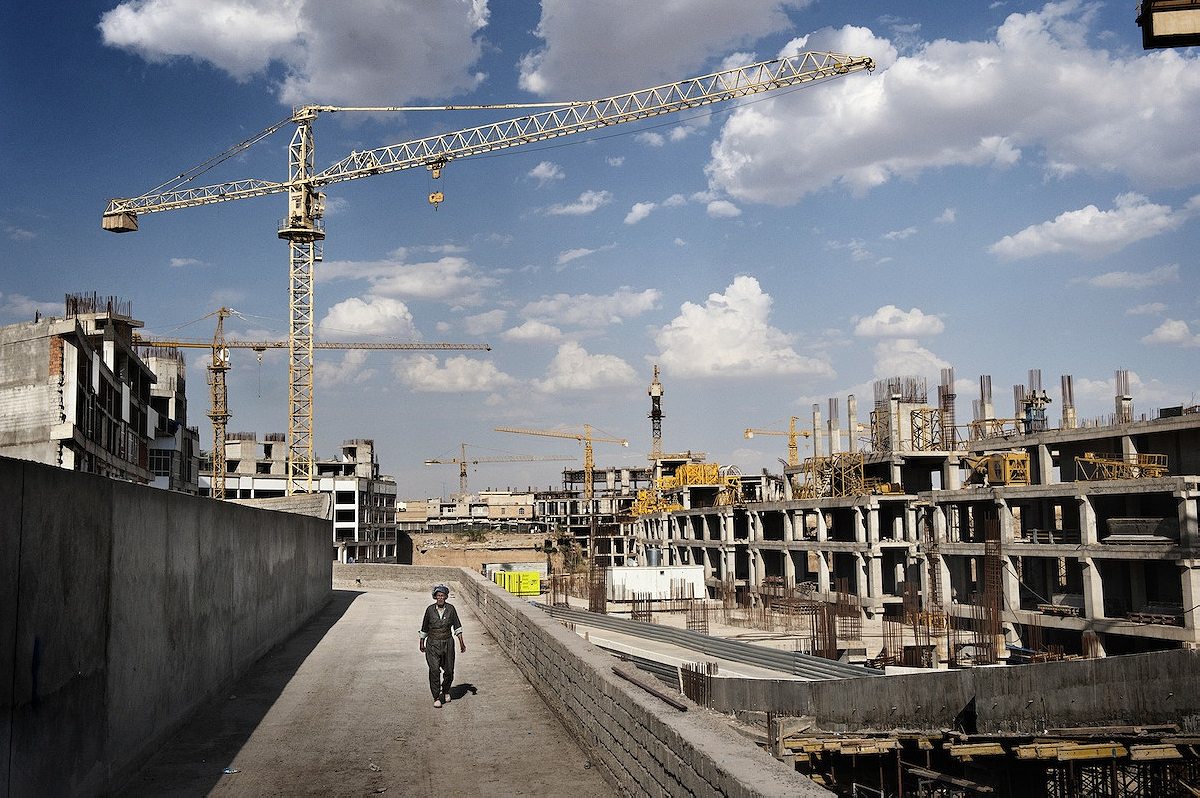
You can see more of Sebastian Meyer’ work here and follow his reporting on Kurdistan for the Pulitzer Center on Crisis Reporting here.
Top image: Young men run through the streets with torches, celebrating Newroz, the Kurdish New Year in Akre, Iraqi Kurdistan.